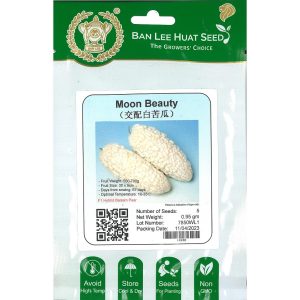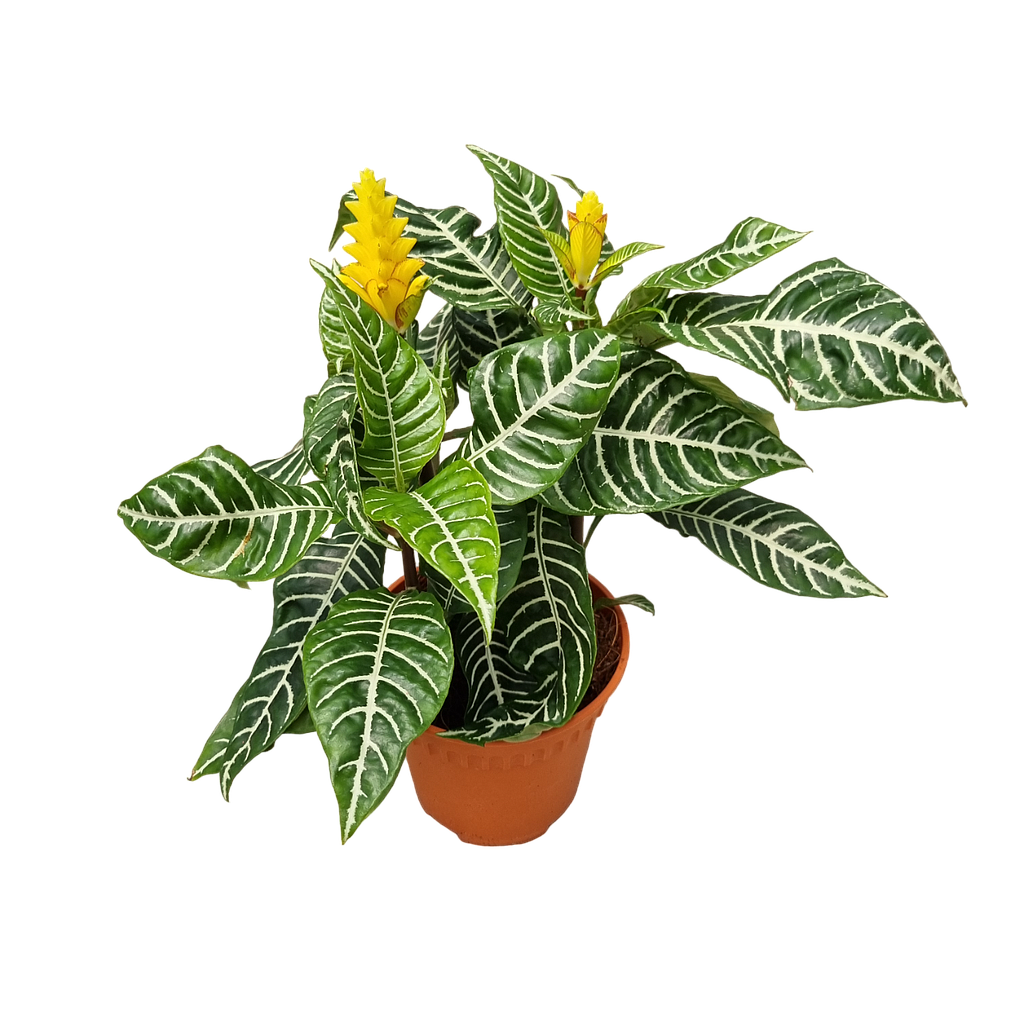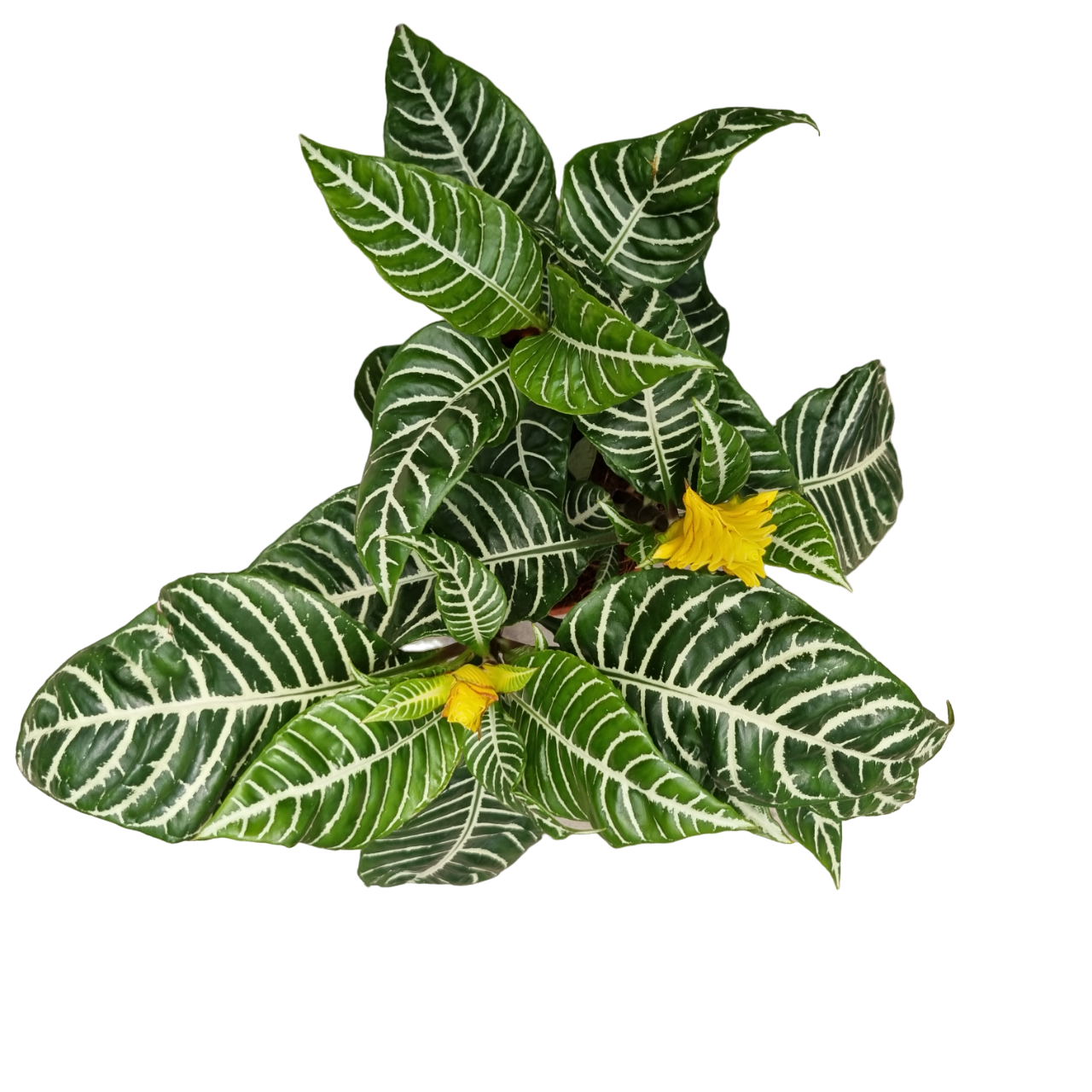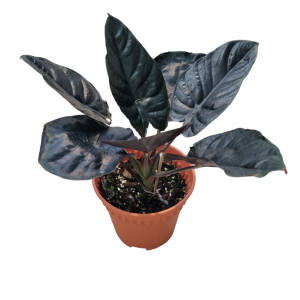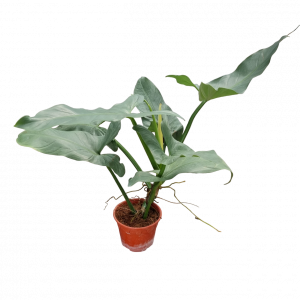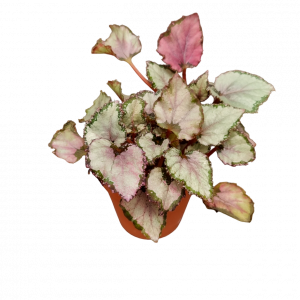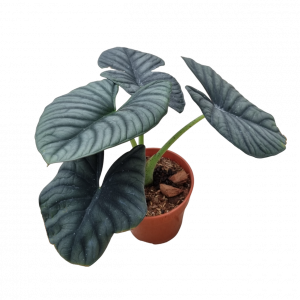Aphelandra squarrosa, commonly known as the Zebra Plant, is a striking ornamental plant native to the tropical regions of Brazil. It is renowned for its bold, lance-shaped dark green leaves marked with distinctive white veins, which resemble the pattern of zebra stripes, hence the common name. The Zebra Plant produces bright, vibrant yellow or orange bracts that stand out against the foliage, adding a dramatic touch to any space. These bracts surround small white flowers and are a key feature of the plant, making it an attractive addition to both indoor and outdoor tropical gardens. While the plant is primarily grown for its striking foliage, it also has the bonus of producing eye-catching blooms, though it is a more challenging plant to bloom indoors.
Plant Care Guide
Light: The Zebra Plant thrives in bright, indirect light. Too much direct sunlight can scorch its leaves, so it is best placed in a spot where it receives filtered light. While it can tolerate lower light conditions, the plant will grow more slowly and may not bloom as frequently. Ensure that the plant has enough light to maintain its vibrant, patterned leaves.
Water: Aphelandra squarrosa prefers consistently moist soil but should not be kept waterlogged. Water when the top 2–3 cm of soil feels dry, but always ensure that excess water can drain away freely. The Zebra Plant is sensitive to drought, so avoid letting the soil dry out completely. However, be cautious not to overwater as this can lead to root rot. It is best to allow the soil to dry slightly between waterings to ensure healthy root development.
Soil: A well-draining, rich, and slightly acidic potting mix is ideal for the Zebra Plant. You can use a general-purpose houseplant mix and improve drainage by adding perlite or bark. This will ensure that the plant’s roots have enough moisture retention while allowing excess water to escape. Good drainage is essential to prevent the plant from sitting in stagnant water, which could lead to root rot.
Fertilising: To encourage healthy growth and maintain vibrant foliage, feed Aphelandra squarrosa with a balanced, slow-release fertiliser. A fertiliser higher in potassium can help to encourage flowering, though blooming can be challenging under indoor conditions. Avoid over-fertilising, as this can cause excessive foliage growth and hinder the development of flowers.
Pests: Aphelandra squarrosa is generally resistant to pests, but common issues may include aphids, mealybugs, and spider mites, especially in dry conditions. Regularly check the undersides of the leaves for any signs of pests. If an infestation occurs, treat the plant with neem oil or insecticidal soap. It is also susceptible to fungal diseases, especially if humidity is too high or the plant is watered improperly. Ensure good airflow around the plant to help prevent these issues.
General Care: To keep your Zebra Plant looking its best, regularly remove any yellowing or dead leaves. This will encourage fresh growth and help to maintain the plant’s aesthetic appeal. The Zebra Plant prefers a humid environment, so misting the leaves or placing the pot on a humidity tray can help. Avoid placing the plant near drafts or heat sources, as this can cause stress and affect its overall health. With the right care, this striking plant can thrive indoors, providing a beautiful burst of colour and texture.
Lighting: Bright Filtered Light
Watering: Water Moderately
Watering Frequency: When top layer of soil is dry
Spider mites: These pests can cause leaves to appear stippled or yellowed, and the plant may lose its leaves. Spider mites thrive in dry conditions, so increasing humidity levels and regularly misting the plant can help prevent them..
Powercote NPK 15+15+15+TE (450g): Every 3 Months.

